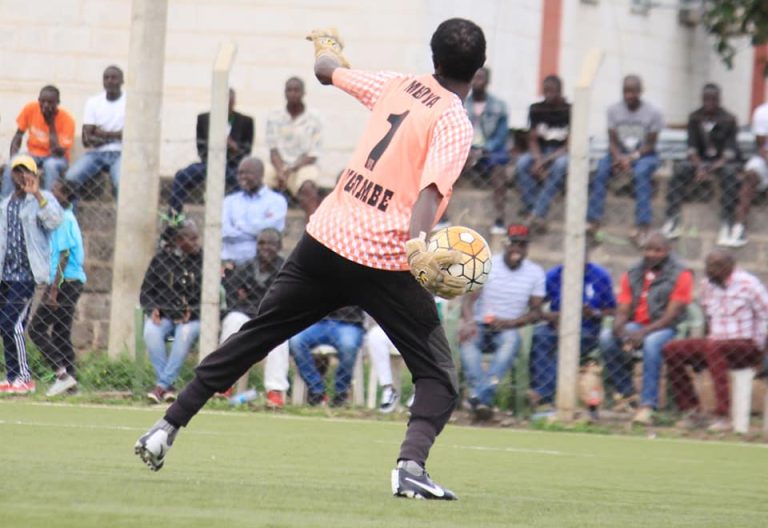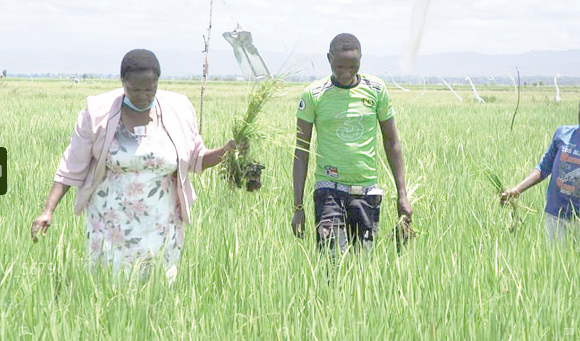Inequality hotspot map shows high climate risks for women
By Milliam Murigi, November 20, 2024Researchers from Consultative Group on International Agricultural Research (CGIAR) have developed a map showing localities in where climate change risk for women in agri-food systems is high.
Dubbed ‘Inequality Hotspot Map’, it reveals that women in Central, East and Southern Africa, as well as West and South Asia are at an elevated risk. Zambia, Mali, Bangladesh and Pakistan are among the countries ranked high on the list.
The climate-agriculture-gender inequity hotspots are areas where a large number of women are participating in agriculture and food production and where extreme climate hazards trigger crop failure, pest and disease outbreaks, and degradation of land and water resources. They are also areas where formal and informal institutions, including cultural and social norms, create inequalities that exacerbate women’s vulnerabilities to climate change.
Els Lecoutere says the study’s first author, and a researcher at the CGIAR Gender Impact Platform in Kenya, the development of the climate-agriculture-gender inequality hotspot risk index was aimed at identifying regions where women are most vulnerable to climate change impact. This identification enables targeted investments in actions that address gender inequalities and support women in adapting to climate challenges.
“The maps are potentially impactful as they can inform decision and policy-making around gender-responsive climate action and guide the allocation of scarce resources to populations at highest risk,” says Lecoutere.
By addressing the unique challenges faced by women in agriculture, such initiatives lead to more inclusive and effective climate adaptation strategies,.
“Identifying such high-risk countries and areas can help decision-makers develop context-specific policies for addressing gender inequalities. It can also guide and prioritise their investments in actions designed to support the women most at risk,” adds Lecoutere.
The report shows that exposure of agri-food systems to climate change in LMICs (Low and Middle Income Countries) affects women because of their significant involvement. Women are estimated to comprise up to 48 per cent of the rural agricultural labour force and over 55 per cent in some parts of South Asia and Africa.
Family labour
Agricultural households in LMICs often depend highly on women’s labour in subsistence or cash-crop production or for other agricultural activities—as producers, wage workers, and providers of (unpaid) family labour. At the same time, in many cases, women carry out most of the care work.
Women also tend to be more vulnerable to shocks, including impacts of climate-related weather anomalies, such as droughts and floods. They are also more likely to shoulder the burden of increased labour following shocks and climate-related changes in cropping patterns and livestock production. This burden of responsibility is made heavier in case men move away from the family farm to gain income elsewhere.
“The situation for women is made more difficult because they tend to own fewer and lower-value assets than men, have less access to capital, labour and agricultural inputs, and hold limited ownership of land,” reads the report.
Women in low-income countries also have less access to information, which in turn means lower awareness and knowledge of climate risks and how to manage them. This makes them less able to participate in group activities, access extension services or adopt new practices and technologies.
“In Zambia, Luapula is a climate-agriculture-gender inequity hotspot province for perennial crops. Livelihoods are centred around the perennial crop cassava, commonly
More Articles

